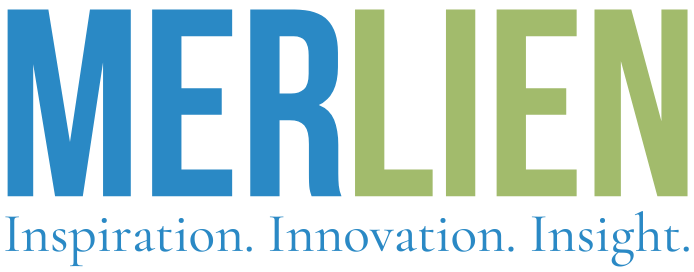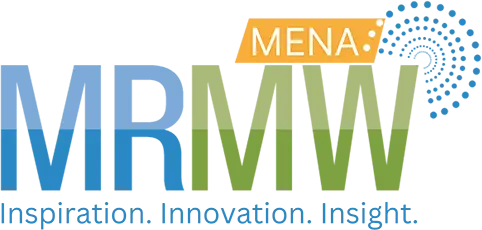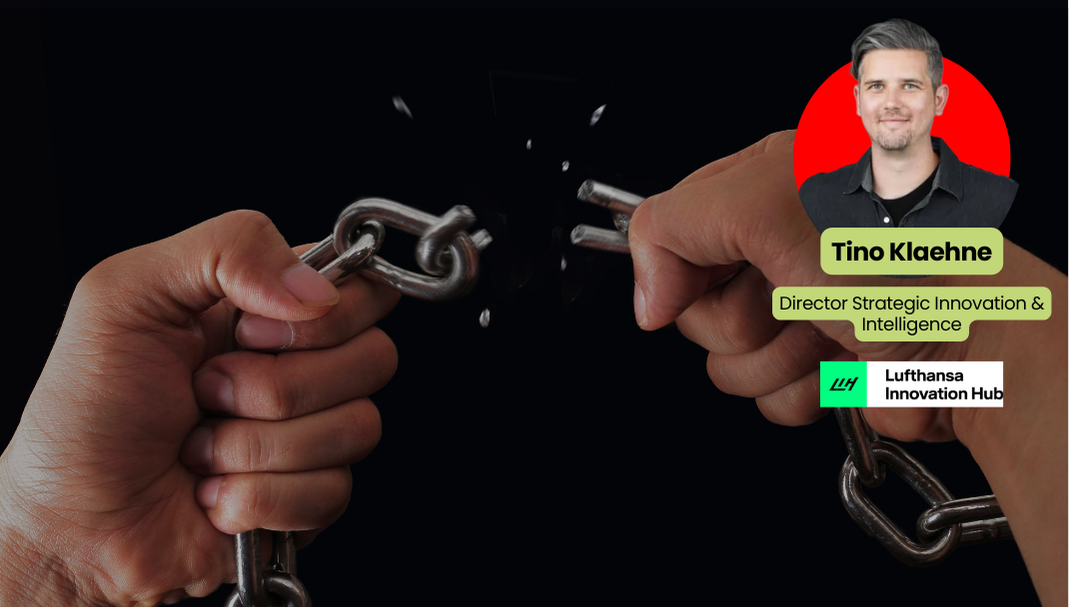Breaking Free from UX Research Constraints: Transforming Insights into Strategic Intelligence
Exclusive UX360 Virtual Interview

In the lead-up to the UX360 Virtual Research Summit, we had the pleasure of speaking with one of our presenters, Timo Klaehne, Director of Strategic Innovation & Intelligence, Lufthansa Innovation Hub GmbH.
Tino Klaehne is a seasoned innovation expert specializing in Strategic Innovation & Intelligence. He decodes emerging futures and creates agenda-setting insights. Currently, he is building strategic intelligence for the Lufthansa Group. A designer by training, Tino also holds an MBA in Innovation & Business Creation from the Technical University Munich. Before joining Lufthansa, Tino led design teams at renowned design studios and companies across all Design Thinking and Doing phases. He has gained extensive cross-industry experience ranging from consumer electronics to public transportation across products, software, and services.
UX360: What motivates you to join the conference and what are your expectations?
Tino: As a trained industrial designer who has evolved beyond traditional role boundaries, I’m drawn to UX360 by a fundamental curiosity about how different disciplines intersect and enhance each other. My journey has taught me that the most innovative solutions often emerge when we transcend conventional role definitions and connect seemingly unrelated practices.
I’m particularly excited to reconnect with my design roots while exploring how UX principles can be integrated with strategic intelligence methodologies. Having worked across various disciplines, I’ve discovered that each field offers unique tools and perspectives that can enrich our approach to problem-solving. This conference represents an opportunity to both share my experiences in breaking down silos and learn from others who are pushing the boundaries of traditional UX work.
My expectations are threefold: to gain fresh insights from the diverse perspectives present at UX360, to contribute my experiences in combining different methodologies, and to build meaningful connections with fellow professionals who share this curiosity for cross-disciplinary innovation. I believe that by bringing together practitioners from various backgrounds, we can develop more comprehensive and nuanced approaches to user experience and strategic decision-making.
UX360: Without giving too much away – what is the core message of your talk and what would you like delegates to remember?
Tino: The core message of my talk centers on breaking free from traditional research constraints to create more impactful strategic intelligence. Much like martial arts adapts and evolves by absorbing effective techniques regardless of their origin, I advocate for a fluid, pragmatic approach to UX and strategic research that transcends rigid methodological boundaries.
I’ll demonstrate how combining quantitative data with qualitative insights, when curated thoughtfully, can tell compelling stories that drive action. This isn’t just about collecting data – it’s about transforming research departments into strategic powerhouses that shape organizational direction through open research and thought leadership.
What I want delegates to remember is that the most valuable insights often emerge when we stop worrying about whether we’re following UX or strategic research “best practices” and instead focus on what actually works. Through practical examples, I’ll show how this mindset has helped organizations identify unexpected market opportunities and drive innovation. The key takeaway will be a framework for integrating diverse research methodologies and perspectives to create strategic intelligence that’s both rigorous and actionable.
Most importantly, I want delegates to leave feeling empowered to reimagine their own approach to research, free from traditional role constraints.
UX360: How has this impacted your own work and your organization?
Tino: This approach has fundamentally transformed my career trajectory and the organizations I’ve worked with. I’ve established a unique position that bridges these traditionally separate domains by breaking down traditional barriers between intelligence and insight departments. What began as intellectual curiosity evolved into tangible business impact as we demonstrated how integrated research approaches could directly influence strategic decision-making.
The most rewarding aspect has been connecting with like-minded professionals who share this vision of breaking down silos. Together, we’ve built teams that combine the rigor of strategic intelligence with the human-centered insights of UX research. This integration has enabled us to move beyond simply gathering information to actively shaping strategic agendas and driving better-informed decisions at the highest levels of organizations.
Perhaps most significantly, we’ve established a clear business case for strategic intelligence beyond traditional metrics. By showing how integrated research approaches can identify new market opportunities and drive innovation, we’ve transformed the perception of research from a support function to a strategic driver. This has not only elevated the role of research within organizations but has also created new career pathways for professionals who don’t fit traditional departmental boundaries.
UX360: What are the UX research trends that have dominated 2024 and what will 2025 bring?
Tino: The UX research landscape has been experiencing a fascinating evolution, with four key trends reshaping how we approach and utilize research.
First, we’re seeing unprecedented democratization of access to unconventional data sources. This isn’t just about having more data – it’s about researchers gaining access to types of information that were previously siloed or inaccessible, enabling richer, more nuanced understanding of user behaviors and needs.
Second, there’s been a significant rise in grassroots and DIY research tooling. Teams are developing and sharing custom tools that fit their needs, moving away from one-size-fits-all solutions. This democratization of research tools enables more agile, targeted research approaches while reducing barriers to entry for smaller organizations.
Knowledge management and insights mining have become crucial as organizations realize the value hidden in their existing research repositories. Teams are developing sophisticated systems to surface and connect insights across projects and time periods, making historical research more actionable and preventing redundant studies.
Looking ahead, I believe adjacent learning will become increasingly important. Organizations are finding that some of the most valuable insights come from unexpected places – studying adjacent industries or seemingly unrelated user behaviors that end up revealing profound patterns applicable to their own challenges. This cross-pollination of insights could reshape how we approach research design and execution in 2025.
These trends collectively point toward a more collaborative, accessible, and interconnected future for UX research, where the boundaries between different types of research continue to blur in productive ways.
UX360: Last but not least, where do you find learning, inspiration, and information? Can you share some of your favorite resources with us, be it Blogs, Podcasts, Books, or Websites?
Tino: In an era of diminishing attention spans, I try to prioritize long-form content and comprehensive analysis.
One of my most valued resources is my subscription to Farsight magazine, whose physical format creates a more intentional reading experience away from digital distractions.
Additionally, I find tremendous value in the hundreds of trend reports I read as part of my research work. While often seen as quick-reference documents, these reports represent condensed wisdom from industry experts that deserves deeper analysis. By treating them not as mere summaries but as gateways to deeper understanding – exploring their methodologies and cross-referencing their insights – we can uncover valuable perspectives that many overlook.
The key is deliberately carving out time for this kind of deep engagement with content. In our fast-paced environment, it’s easy to fall into the trap of quick-scan reading. Still, the richest insights often come from slowing down and allowing ourselves to fully absorb and reflect on the material we encounter.
UX360: Thank you so much, Tino! We look forward to welcoming you to the event!
Don’t miss your chance to grab a ticket for UX360 Virtual and discuss Tino’s strategy at the conference!
📅Join hundreds of UX research professionals on February 19-20, 2025, to explore the latest trends and case studies in UX research and design. Learn from experts like Tino from Lufthansa and decision-makers at LSEG, Amazon, Warner Music Group, MARS, Microsoft, Mastercard, BP, Pfizer, Vodafone, and many more!
Get ready to explore the newest UX research and design techniques—from planning research to using insights that drive real impact. Connect and network with UX pros globally, this is a must-attend event for anyone in UX design or research.
🌐 Secure your ticket today and transform your approach to UX research—together with your peers!










 by
by 


